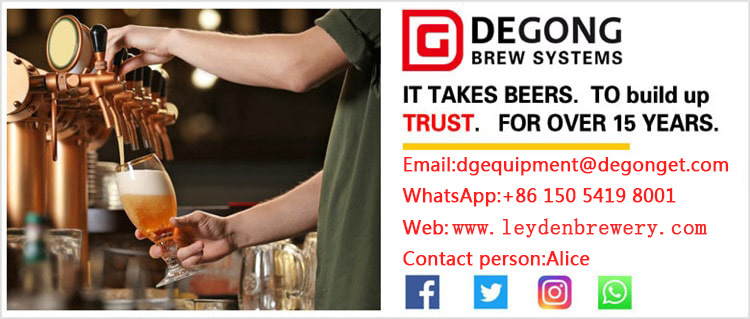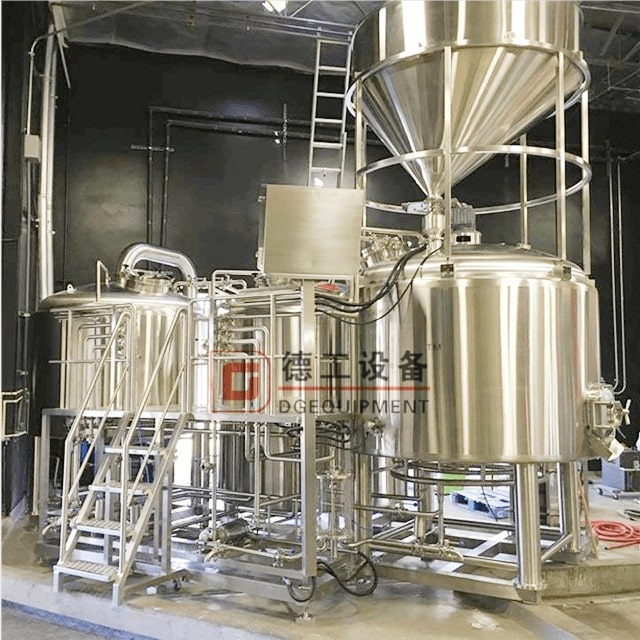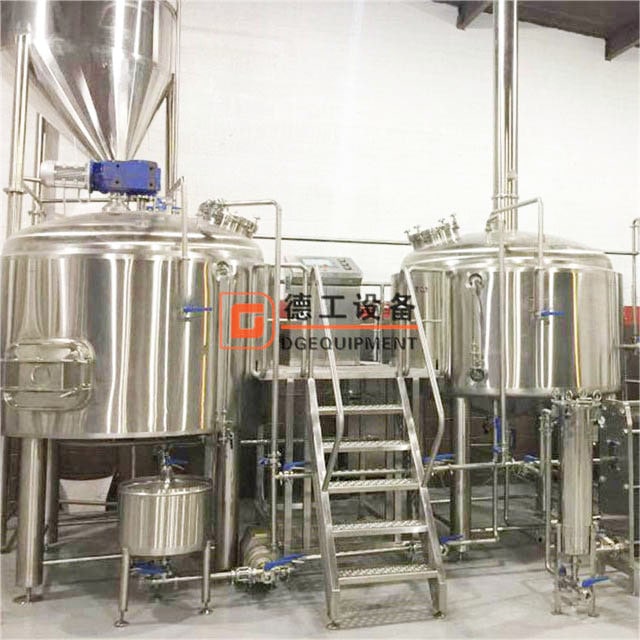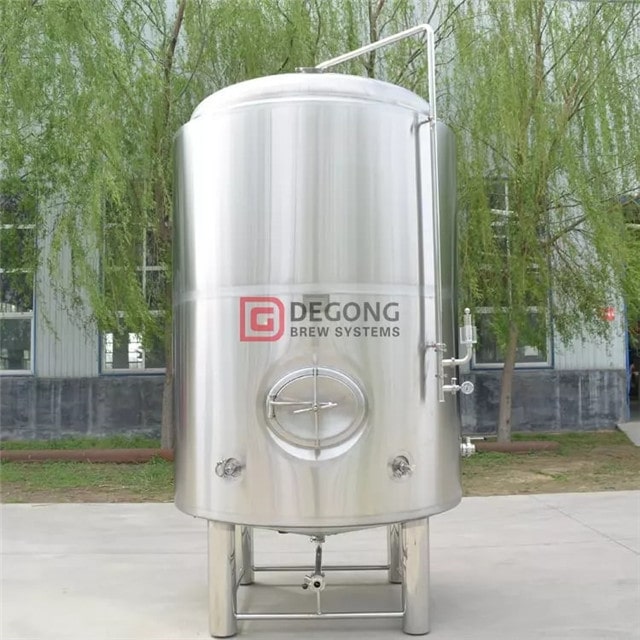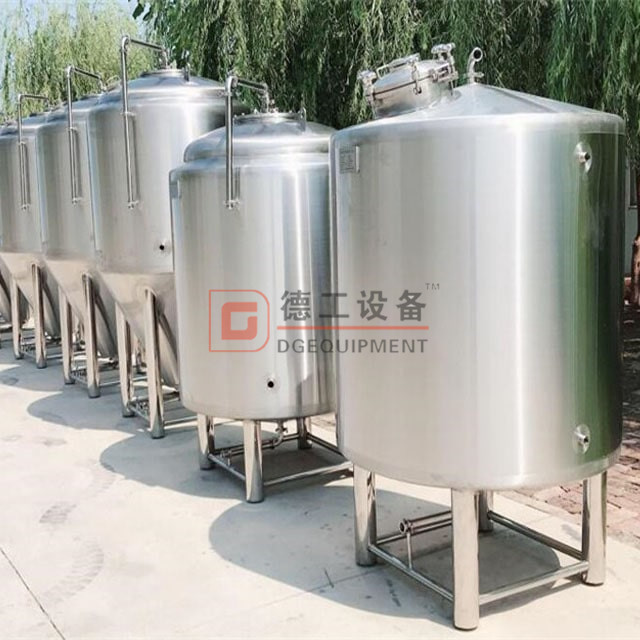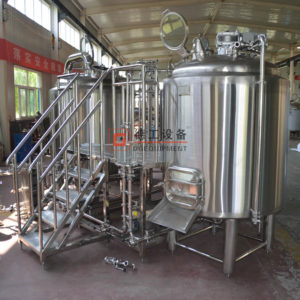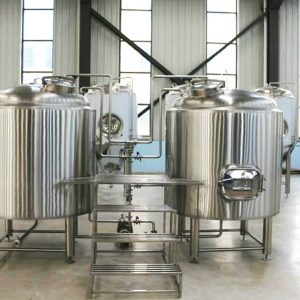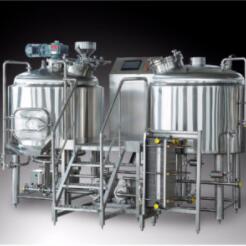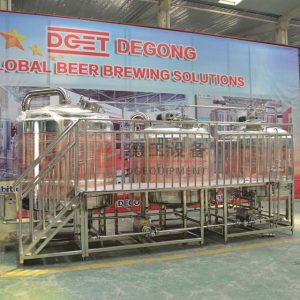Description
| Brewing system manufacturer Customized breweing vessels |
If you are really passionate about home brewing and want to consider starting your own business, I offer an overview on how to get started with your own microbrewery .
There are two types, brewpubs and microbreweries. A brewpub is smaller, perhaps 3-7 barrels (1 US barrel equals 31 gallons). A microbrewery is larger, perhaps from 10 bbls. to 30 bbls. The barrelage is measured by the brew-kettle, or how much wort you produce in one batch.
Here is a list and description of the key microbrewery equipment that you will need to get started.If you buy a grain mill, a dual roller mill is best and we can offer it.
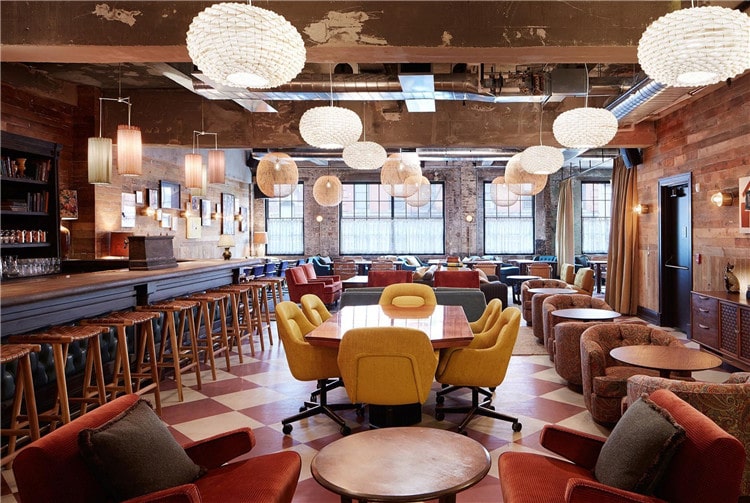
Restaurant,brewpub,microbreweries…
Brewhouse system
A mash/ lauter tun (tank or vessel) is your primary piece.
In it you mash your malt and extract your sugar from the raw grain.
It will also serve as your lauter (lauter is to wash).
After the mash, run a specified amount of water through the mash to bring the volume of the wort up to capacity.
There will be an electric stainless-steel pump for transfer. You will fire the kettle with gas or a steam boiler.
The kettle for boiling. It is vented through the ceiling and will be direct fire with a gas burner or have steam jackets wrapping it. Steam is more efficient.
A hot liquor tank is for bulk hot water heating. You can live without it but not recommended. Its primary role is to heat water for mashing.
A cold liquor tank is useful, and a luxury.You keep cold water solely for cooling the wort after boiling.
Your brewhouse pump will transfer your raw wort through a heat exchanger. The heat exchanger is a tall block-shaped device made of layered plates. wort goes in one side, 40° (or ambient) water goes in the other. This counter-flow process cools your wort in 30-40 minutes. A cold liquor tank really comes in handy.
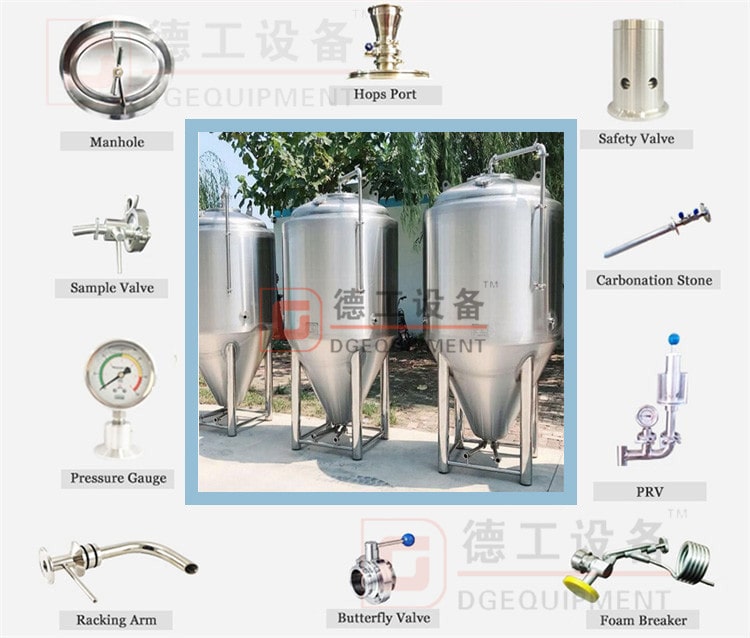
Brewing system manufacturer 3 tanks
Fermentation systems
Fermenters are the vessels in which raw wort transforms into beer.
As seen in the photo, they are cylindro-conical. They have a 60° cone that facilitates the drop out of solids once fermentation is complete: dead yeast, proteins, hops, and the healthy yeast too.
This is to effectively clarify the beer.This is one of the time-consuming aspects of brewing.
Fermentation will last 7-14 days for ales and 21-35 days for lagers.
You will need to have ample fermentation equipment set up and ready to store and monitor the progress of your beer.
Brite tanks are beer tanks used for storage, conditioning, carbonation, and packaging. They will have dish bottoms and sight glasses. will also have ports for a carbonation stone and sample cocks (small spigots) for measuring CO2 volumes.
They are cheaper than fermenters as the dish bottoms are single-walled and easier to make than cones.
Brewpubs will serve beer from brite tanks.
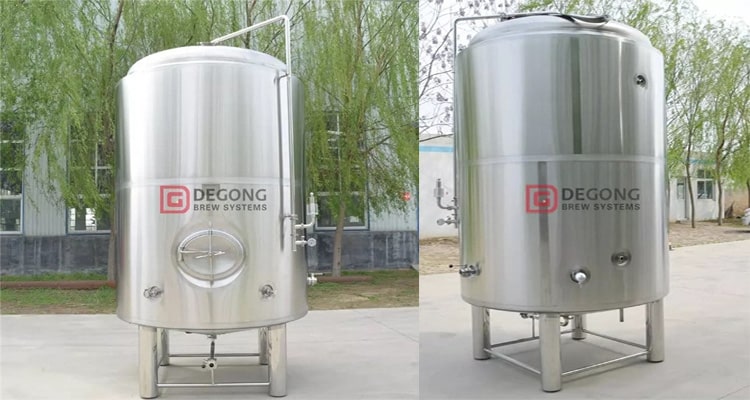
Brite tank Brewing system manufacturer
A cooling system
Beer tanks have cooling jackets. They are double-walled stainless-steel, insulated and have large sections for the circulation of coolant- propylene glycol.
A glycol chiller has a large reservoir as well as a refrigeration compressor. It keeps the glycol at 28-30° F.
As you circulate this through the fermenter or Brite-Tank jackets, the beer is finished, aging, or being prepared for packaging.
Glycol chilling keeps the beer stable and inhibits bacteria growth and prepares the beer for sale.
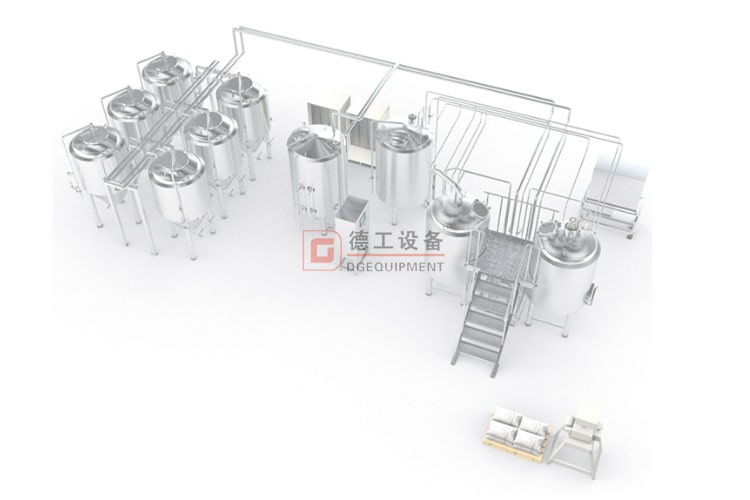
Brewing system manufacturer layout
Filtration systems
There are 2 types of filters to clarify your beer: plate and frame, diatomaceous earth.You need not always filter but as a commercial brewer you will have time constraints.Commercial brewers do not often have the luxury of time to make the perfect beer.Clarifying will make it more stable for transport.
Utilizing a portable pump, run your beer through a clarifying process to get rid of any sediment.
You will likely have 2-3 portable pumps in the brewery to assist you in various transfers and processes.
Controls
You will need to have temperature controls set up for your beer tanks.
You may also have a centralized control panel for your brewhouse, depending on its level of automation.A main control panel is optional.
The brewhouse (production area) switches can all be thrown manually. It depends on your budget and priorities for your brewery that determine what kind of switch system you have.
Controllers can also be viewed as safety measures you can use to halt production and prevent accidents in your facility.
Cleaning and sanitation
You will need a portable CIP (clean-in-pace) tank that you can use for housing your sanitation solution, caustic (alkaline cleaner for organics) wash, and acid washes (largely for mineral build-up). It may have a built-in circulation pump, or can be paired with a portable pump.
| Contact Alice today |
Talk to us about your requirements and we will design a system to work for you and your company.
